We were lucky to catch up with Leo Harris recently and have shared our conversation below.
Alright, Leo thanks for taking the time to share your stories and insights with us today. Can you talk to us about how you learned to do what you do?
This is an interesting question because I am largely self-taught. I’ve taken a class or two in the past but mostly it’s been trial and error. As someone who is neurodivergent my learning style can be quite different which is why formal education has always been challenging for me. But with art it was different. I approached it with curiosity and mindfulness. Mindfulness is a keyword here really.
While I did a lot of drawing since I was a child I never took it seriously until my mid-twenties when following a mental and physical health crisis I established a meditation practice as a way to help reconnect with myself and recover. Before that, I had a debilitating fear of making mistakes. I was far too scared to try new mediums or almost anything new. But my mindfulness practice taught me process orientation which freed me from fretting over the end result. So by the time I got my first set of acrylics, I was able to derive joy from the process and be present with the feelings it brought up. Truth be told though, sometimes it wasn’t joy. It was a lot of difficult feelings too. It became a meditation in its own right.
My current artistic practice grew from this core ethos of presence and vulnerability. And the technique followed. I think the most important part has been just showing up and being willing to experiment: to see how the paint reacts to mixing, to different surfaces, brushes, and methods of application.
I think the only thing I wish I would have done differently is apply for the shows earlier. It took me years until I started to put my work out there and once I did I learned that it catalyzed a lot of growth. It pushed me to pick up new skills and explore new themes in my art. So yeah, that’s one thing I’d tell my younger self if I could talk to them.
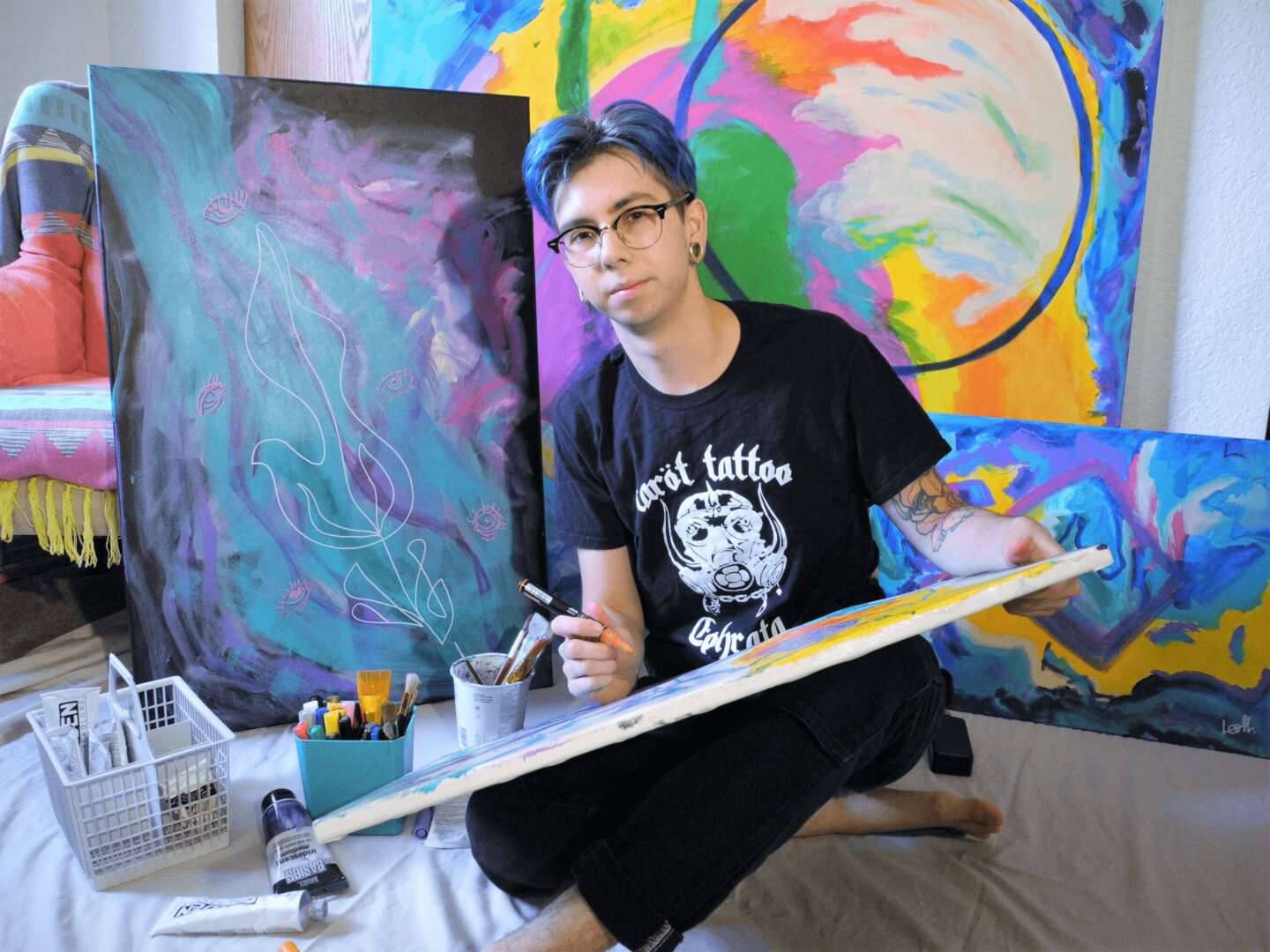
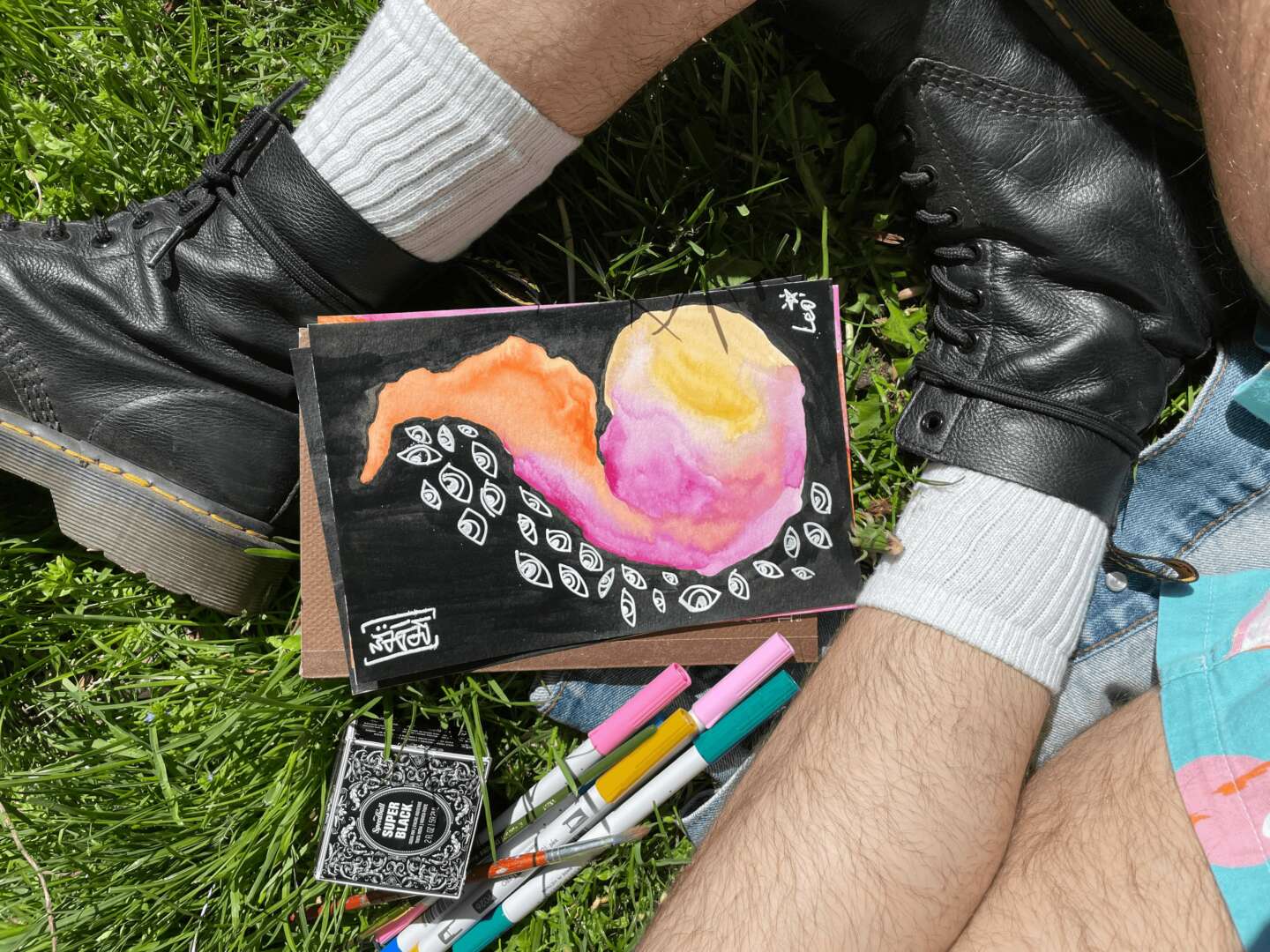
Leo, love having you share your insights with us. Before we ask you more questions, maybe you can take a moment to introduce yourself to our readers who might have missed our earlier conversations?
I started painting using acrylics in 2017. My other medium at the time was watercolor. The work I did was very tied to my spiritual practice and for a few years I did a lot of custom work. I stepped away from art and public spiritual practice during the pandemic years. 2020 was also the year I came out as transgender and between that, lockdowns, and a geographic move I was very much in a cocoon of my own transformation. I returned to artistic practice in 2022 following my move to the Seattle area. In the two years that followed my art revolved around very personal themes: gender and transition, separation from a spouse, processing trauma, and working through dissociation. I made a lot of very emotional, expressive, and turbulent art. Simultaneously another direction that emerged in my life was community organizing, including organizing Queer Art Club: a regular gathering of LGBTQIA+ identified artists in the Seattle area. Creating alongside others, collaboration, and exchange of skills spurred a lot of growth in my artistic practice and led me to experiment more with mixed media adding collage, calligraphy, and photography into my pieces. This year’s relocation to San Diego has opened a new chapter in my work. I am moving away from creating this very personal and emotional art rooted in my internality and into exploring themes of community, home, and belonging as an immigrant and a queer person and an intersection of activism and witchcraft/magical practice. I am back to working with sigils (magical symbols created to hold intention), branching into making wearable art, and painting murals. I am once again offering custom work and generally orienting myself toward a more collaborative practice rooted in community and activism.
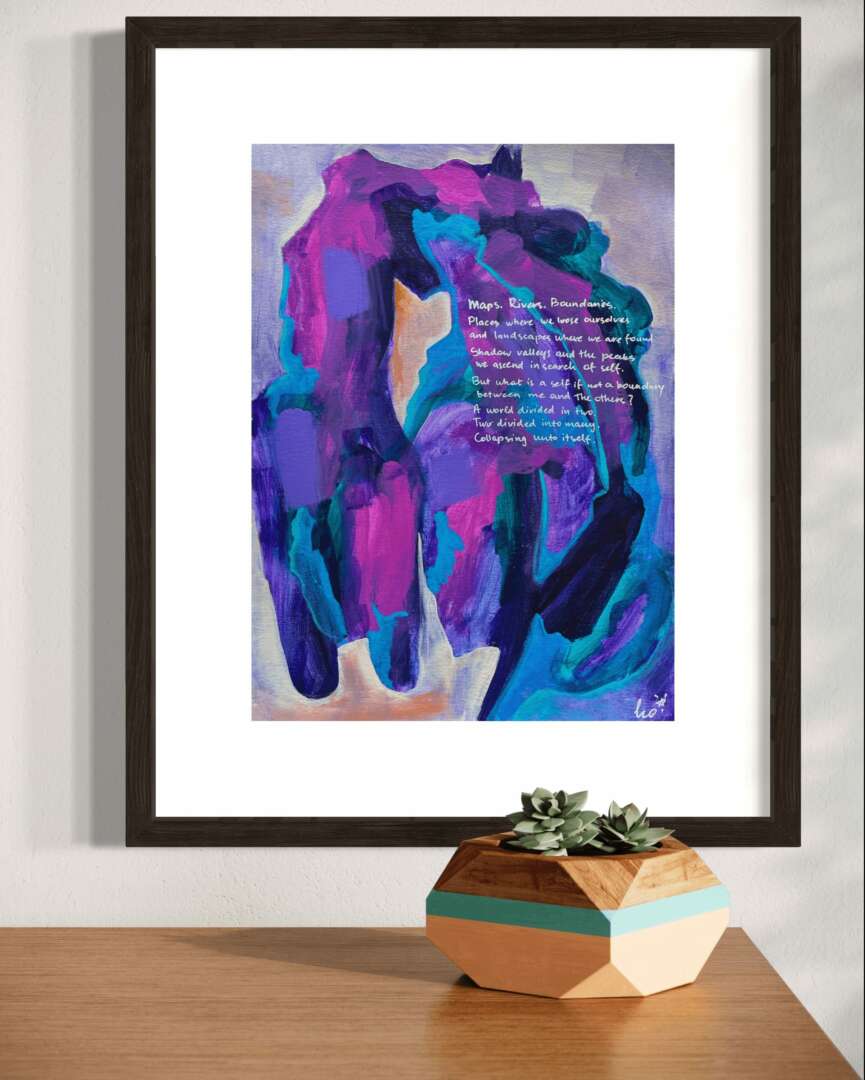
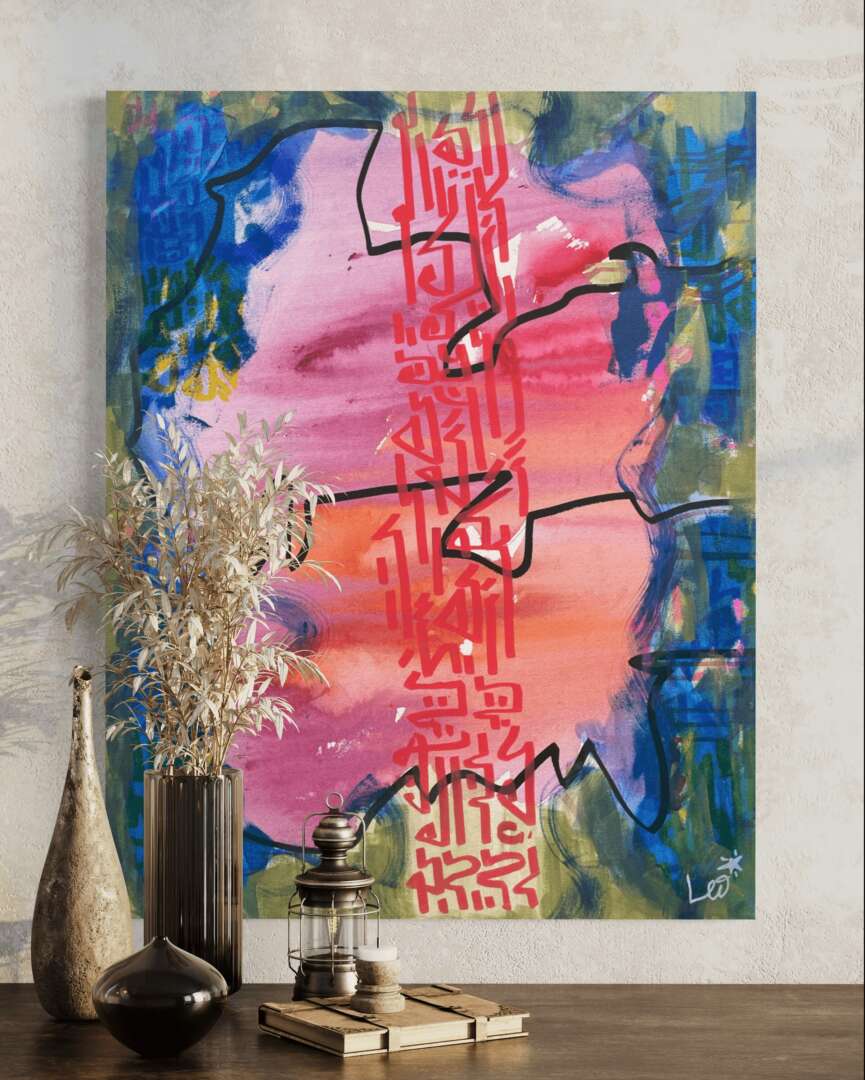
What do you think is the goal or mission that drives your creative journey?
My mission is to show people that anyone can make art. I strongly believe that the drive to create is a big part of what makes us human. Creativity shouldn’t be something frivolous or inaccessible and neither should it be reserved for professional artists or only considered valid if it brings money. Art is a way to get in touch with the truth of who you are, to open yourself to authentic connection with others and to transform your surroundings.
My goal is to teach and inspire people to use art as a tool for connection and community building. In a world where so many of us are terminally online and isolation runs rampant the physicality of creating things with your hands and in community with others has a massive potential for healing and liberation.
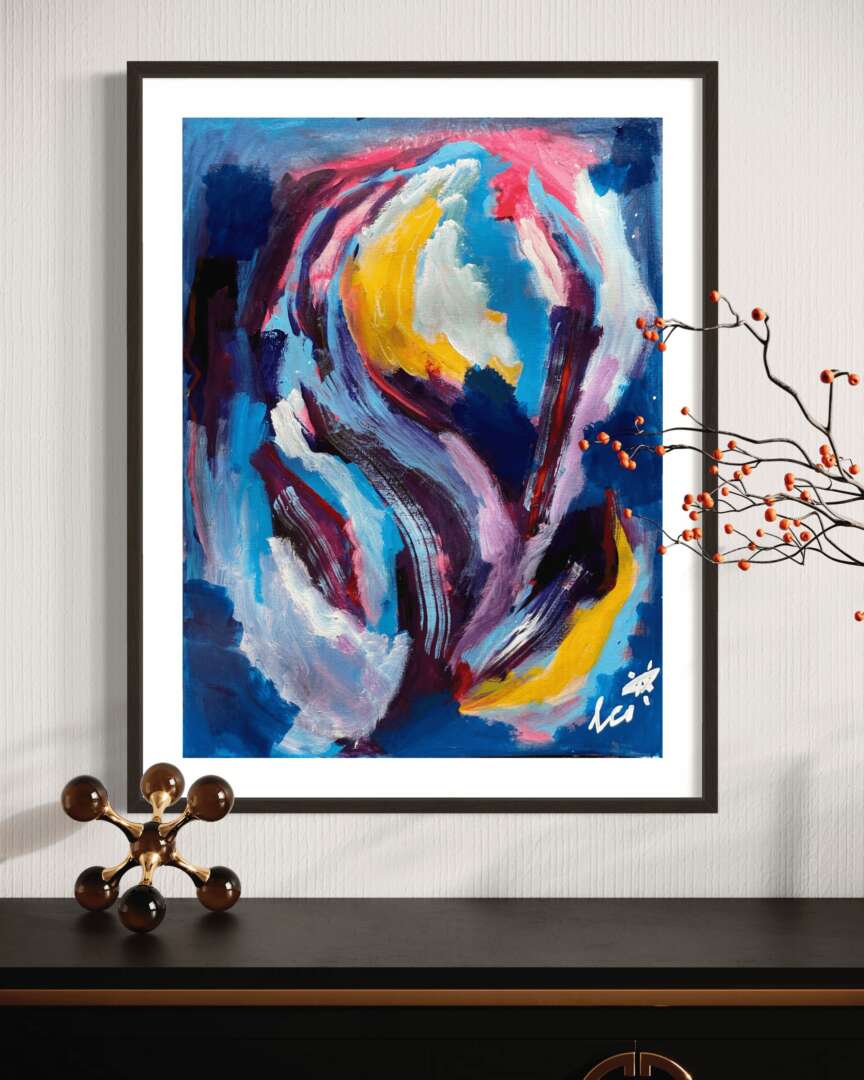

What’s the most rewarding aspect of being a creative in your experience?
The most rewarding and simultaneously most challenging aspect of being an artist for me is how dynamic the profession is. Being a professional artist today means you are also a business owner. You can view that as an annoyance that stops you from using all your time to create or as an opportunity for constant growth and learning new skills.
When I was just starting out I was constantly trying to find one correct formula to follow for success. But I learned that there really isn’t one and there is an infinite amount of approaches different artists take. Some leverage social media and make content creation into its own art form, others lean more into the irl community and leverage offline events and build connections there.
So what I love about being an artist is that there aren’t many hard rules, you get to make it up as you go and make your own path that suits your character and your unique strengths. And you never stop learning: there are always new skills to learn and different approaches to try. I find that to be a really engaging and exciting part of being an artist.
Contact Info:
- Website: https://www.leoharrisart.com/
- Instagram: https://www.instagram.com/leoharrisart/




